Lorsque vous appliquez la science des revenus aux tactiques de tarification dynamique de votre hôtel ou complexe, trois domaines sont propices à l'optimisation : la demande, la capacité et la sensibilité au prix. Prendre le temps de revoir les bases et de réévaluer la manière dont chacun de ces facteurs dans votre stratégie de revenus est essentiel pour positionner votre entreprise hôtelière pour une performance et une croissance maximales des revenus.
Au juste prix…
L'un des objectifs les plus importants de l'industrie hôtelière est également l'un de ses défis les plus importants : déterminer le bon prix pour la bonne personne, au bon moment. À l’ère de la tarification dynamique en temps réel basée sur la demande et le type de client, trouver des stratégies de tarification efficaces qui maximisent les revenus peut sembler un processus complexe et long.
Heureusement pour les hôtels, c’est là que l’analyse des données, l’intelligence artificielle, l’apprentissage automatique et l’automatisation peuvent faire une énorme différence. Ces mots à la mode peuvent sembler galvaudés, mais les hôteliers peuvent plus facilement déterminer des stratégies de tarification qui optimisent la demande et maximisent les revenus en appliquant la science des revenus.
En fait, avec les bons modèles de tarification en place, les hôteliers peuvent obtenir de précieux retours sur leurs résultats financiers. Beaucoup ont signalé une amélioration de leurs revenus à deux chiffres après avoir correctement appliqué des analyses avancées à la tarification. En donnant aux hôteliers une vision beaucoup plus claire de leurs données, les analyses apportent plus de précision et de cohérence (par rapport à l'instinct et aux estimations) au processus de prévision et aux stratégies d'établissement des meilleurs tarifs disponibles.
Considérant que le prix est le levier clé pour accroître la rentabilité d'un hôtel ou d'un complexe hôtelier, examinons les trois domaines fondamentaux dans lesquels l'analyse scientifique des revenus peut aider les hôteliers à rester compétitifs et à obtenir des prix optimaux.
1. Demande
La tarification dynamique aborde la demande en fonction du prix. En termes simples ; si le prix augmente, la demande diminuera. Si le prix baisse, la demande sera plus élevée. En présence de toutes les conditions du marché, de la dynamique concurrentielle et de la myriade de segments de marché, la tarification devient infiniment complexe selon cette formule simple. Les analyses aident à répondre à des questions telles que :
- Comment déterminer le prix optimal pour vendre ?
- Quelle est la demande à satisfaire à chaque niveau de prix ?
- Quels sont les revenus correspondants qui peuvent être atteints pour chaque segment de marché ?
2. Capacité
L’un des principaux objectifs de tout revenue manager est d’optimiser la tarification afin de tirer le meilleur parti de la capacité disponible. La gestion des revenus est mieux appliquée dans les secteurs où les produits sont « périssables ». Pour les hôteliers, cela signifie que si nous ne vendons pas une chambre d'hôtes ce soir, elle ne pourra pas être revendue. Cette opportunité manquée a un impact direct sur les performances des revenus.
Avec un certain nombre de chambres disponibles à la vente chaque nuit, nous devons les vendre au bon client, au bon prix. Quel est ce prix optimal en fonction de la demande et de l’inventaire disponible ou de la capacité de la propriété ?
3. Sensibilité aux prix
La mesure dans laquelle le prix d'un produit affecte le comportement d'achat du consommateur est connue sous le nom de « sensibilité au prix ». Une faible sensibilité signifie que les changements de prix ont un effet relativement faible sur la quantité de chambres demandées, tandis qu'une sensibilité élevée signifie que les changements de prix ont un effet relativement important sur la quantité de chambres demandées. En comprenant la sensibilité aux prix, les hôteliers peuvent déterminer quand proposer des tarifs spécifiques à chaque segment de marché afin de maximiser leurs revenus.
Analytics peut vous aider à maximiser vos revenus en calculant l'élasticité des prix par segment de marché, saison, jour de la semaine, durée du séjour et jours avant l'arrivée afin de produire une meilleure gamme de tarifs globale pour un hôtel ou un portefeuille de propriétés. L'application de la science de l'optimisation des prix vous présente les meilleures pratiques éprouvées pour créer les bons prix pour les bons clients, au bon moment.
L’émergence de logiciels sophistiqués d’analyse et d’optimisation des tarifs dans le secteur hôtelier a rendu infiniment plus simple la création de stratégies de tarification qui améliorent les résultats. Compte tenu du nombre de facteurs et de variables à prendre en compte, il est pratiquement impossible de traiter manuellement la quantité de données nécessaire pour capitaliser sur le comportement des consommateurs en temps réel.
Les systèmes de gestion des revenus simplifient la tâche en analysant automatiquement les données et en fournissant des décisions de tarification optimales, permettant aux hôteliers d'éliminer les processus manuels fastidieux et de se concentrer sur des décisions commerciales plus stratégiques.
Rapport gratuit: Résultats de l'enquête sur les perspectives de gestion des revenus 2022
Où en êtes-vous dans votre parcours de revenus ? Il n'est jamais trop tôt (ni trop tard) pour tester une solution automatisée de science des revenus dans votre hôtel ou complexe. Découvrez la puissance d’une efficacité accrue et d’une plus grande rentabilité où que vous soyez dans votre parcours de gestion des revenus.
Plus de conseils pour développer votre entreprise
Revfine.com est la plateforme de connaissances leader dans le secteur de l'hôtellerie et du voyage. Les professionnels utilisent nos connaissances, nos stratégies et nos conseils pratiques pour s'inspirer, optimiser leurs revenus, innover dans leurs processus et améliorer l'expérience client.Découvrez des conseils d'experts sur la gestion, le marketing, revenue management, les opérations, les logiciels et la technologie dans notre Hôtel, Hospitalité, et Voyages et tourisme catégories.

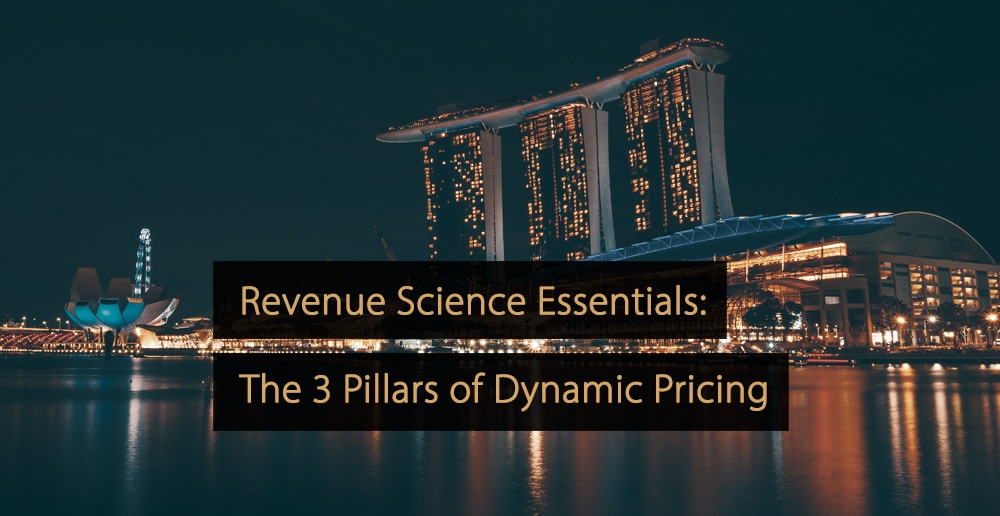
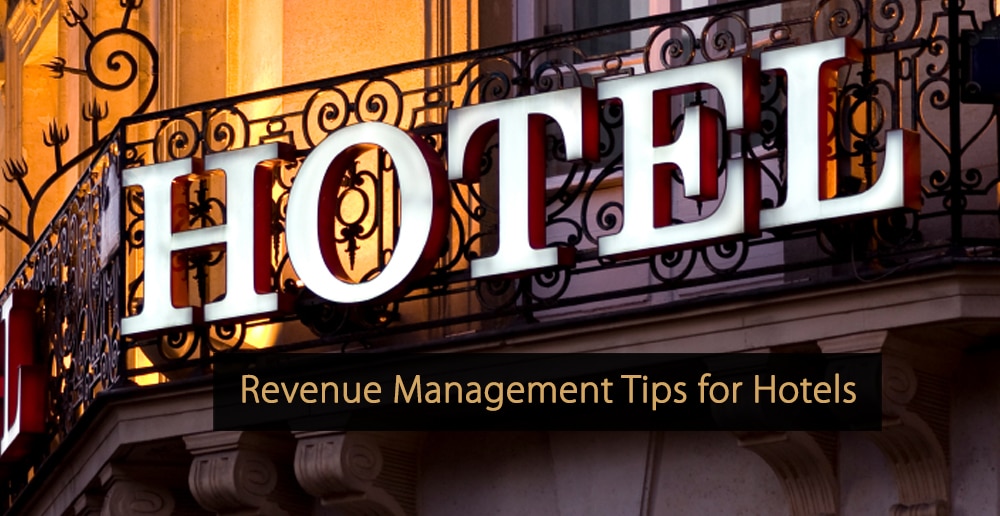
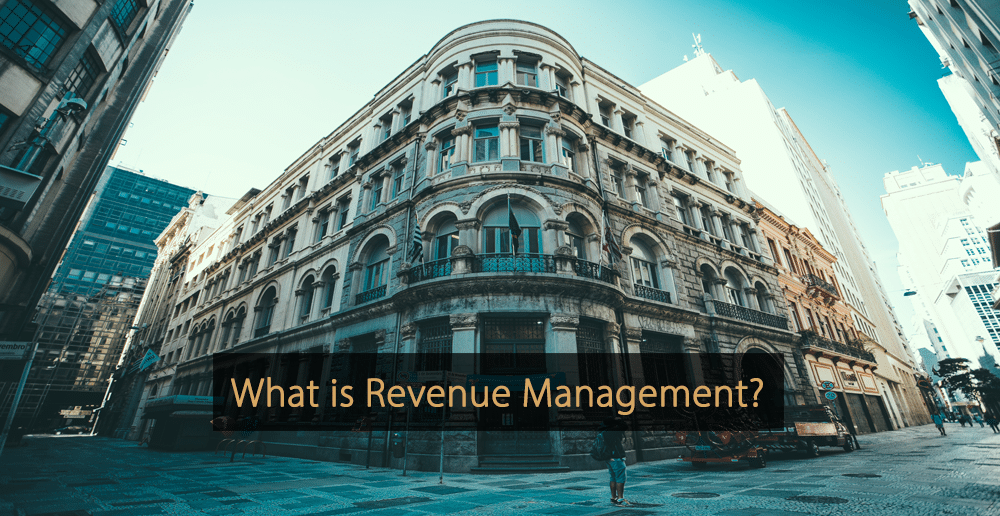
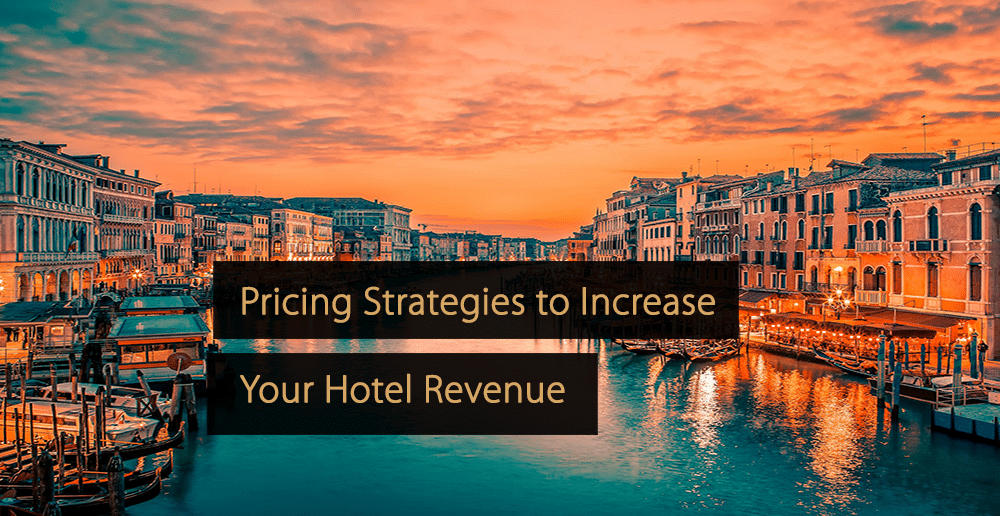
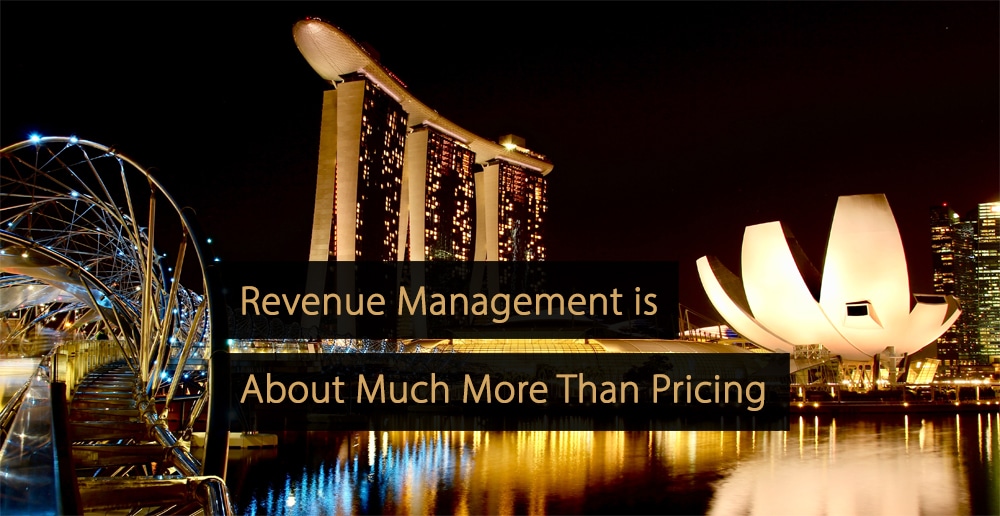
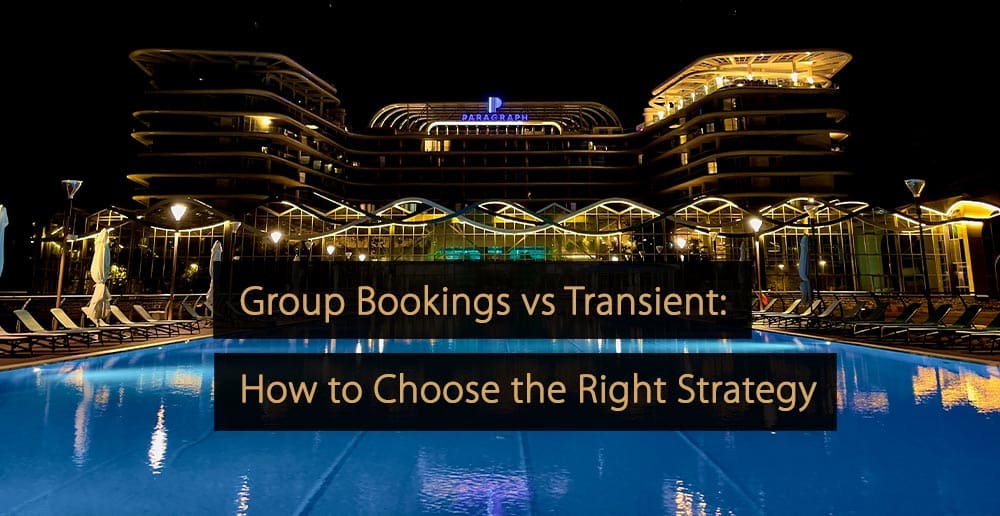

Leave A Comment